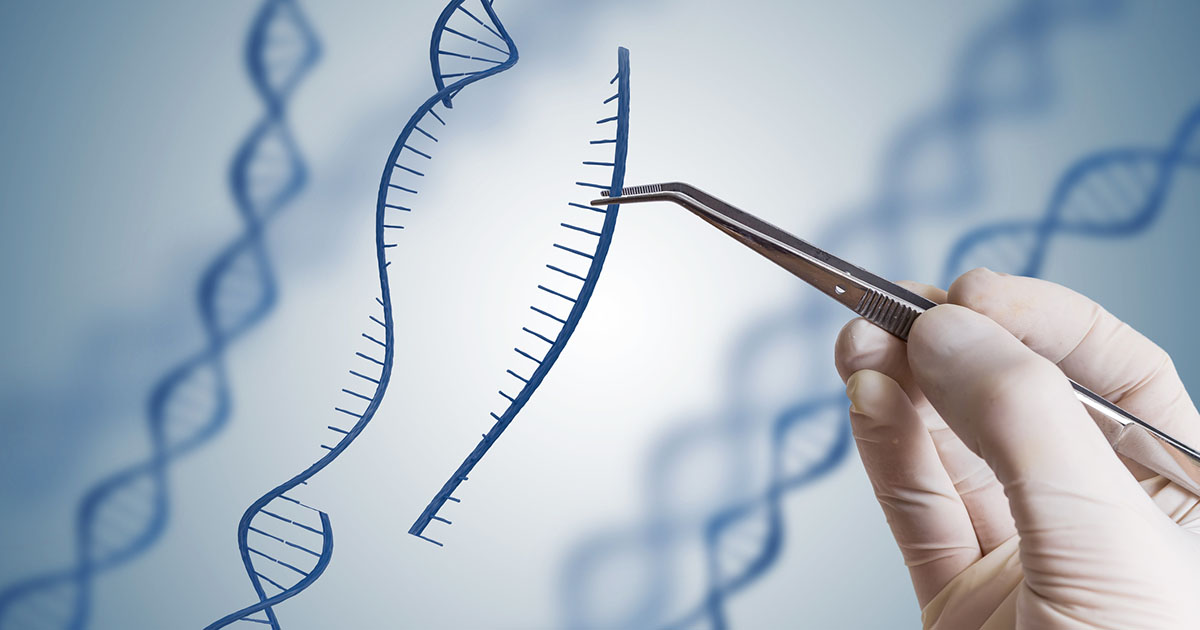Everything You Need To Know About Cornelia de Lange Syndrome
What Causes It?

Research reports estimate that sixty-five percent of all CdLS cases are the result of mutations in the Nipped-B-like protein (NIPBL) gene. The NIPBL gene is responsible for creating a protein known as delangin, which plays a key part in human development, including controlling chromosome activity during cell division and repairing damaged DNA. Mutations in one of the four following genes account for an additional five percent of CdLS cases. HDAC8, responsible for an enzyme called histone deacetylase 8, RAD21, part of the cohesin complex, a protein group that holds the sister chromatids together, as well as SMC1A or SMC3, which are part of the structural maintenance of chromosomes (SMC) gene family.
Unfortunately, research has also shown in thirty percent of CdLS patients, the genetic cause of the disorder is currently unknown. Additionally, although Cornelia de Lange syndrome can be inherited, almost all cases are the result of new mutations in individuals with no family history of this disorder.
Of course, the key to understanding when someone has CdLS is in its symptoms. Continue reading to learn about what these are.